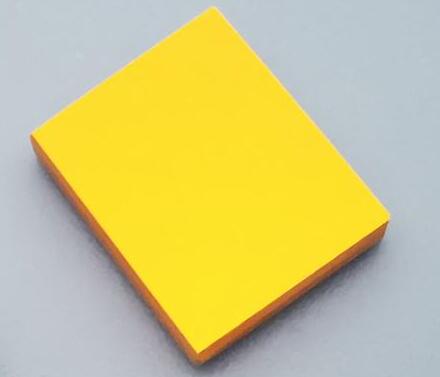ISO9001 Certified Professional Manufacturer & Supplier of Optics
+86-0431-87911611 admin@ytoptics.com
Contact us
-
 Email: admin@ytoptics.com
Email: admin@ytoptics.com
-
 Tel:86-0431-87911611
Tel:86-0431-87911611
-
 Add: 2# Automotive Innovation
Add: 2# Automotive Innovation
Jilin Province, China
Coating cleaning
The outermost layer of the coating is usually a rigid film, general hand touch or sassafras will not cause harm to it, but it is best not to go to intentionally do. Usually the coating of the firm standard, with rubber sassafras dozens of times and not be destroyed as qualified. Usual cleaning methods. 1, sassafras solution selection. ① general use of anhydrous alcohol or ether (or a mixture of the two). Note: Due to ether is toxic, can not be used when it is best not to use. (I do not recommend the use of) ② if you want to use sassafras, be sure to use deionized water (may not be able to find the general public), will not leave a watermark. 2, sassafras materials. ① with degreasing cotton, the simplest and cheapest. If there is a shedding of fibers left behind, blowing with a balloon can be. ② special lens paper, special leather, cloth and so on. It is better not to use leather or other cloths. Because, these reusable things will have very fine grit and other hard materials deposited on them in the air, and will scratch the film when you use them again. If you have to use these things sassafras, usually it is best to keep it in an airtight environment. Secondly, it is best to always use it once. If the lens gets water on it, just use a degreasing cotton ball. If it sticks to the oil stuff, there is really no good way to clean it by yourself. It is best to take to the repair store, they have professional methods, such as ultrasonic cleaning and other methods. Film and glass is most afraid of alkali substances, alkali in a very short period of time can destroy the film. Next are acids and again salts. Although, modern coating technology can be plated on the surface of a layer of acid and alkali resistant film, but there is still a certain limit, so remember to never stick to these things. After the surface is destroyed, usually under the light, some irregular, rainbow-like patterns will be seen.


PREV : What is Optical Glass NEXT : coating manufacturing methods

TALK TO US 86-0431-87911611
86-0431-87911611
Call us now!
 86-0431-87911611
86-0431-87911611Call us now!
ONLINE CHAT
 2433808388
2433808388

